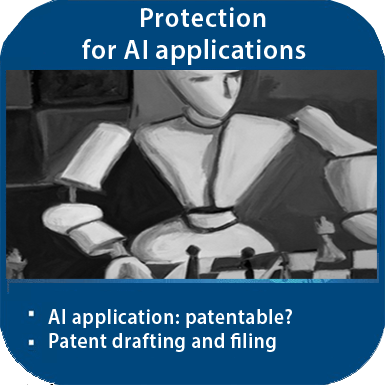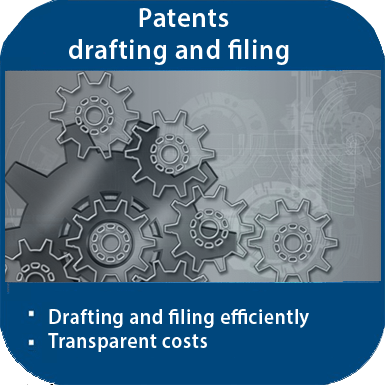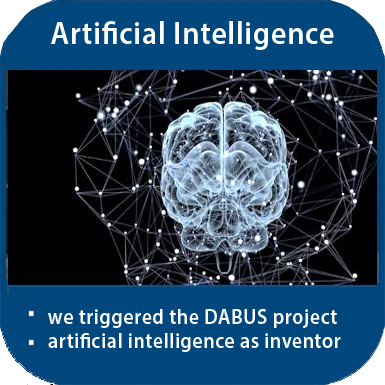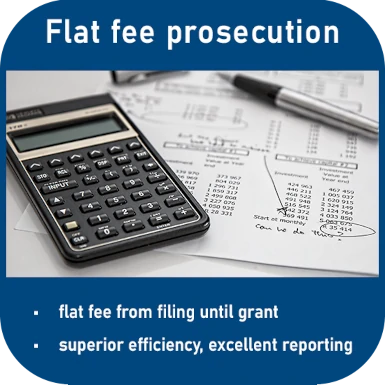Patents for AI-generated inventions – BGH DABUS opens the door
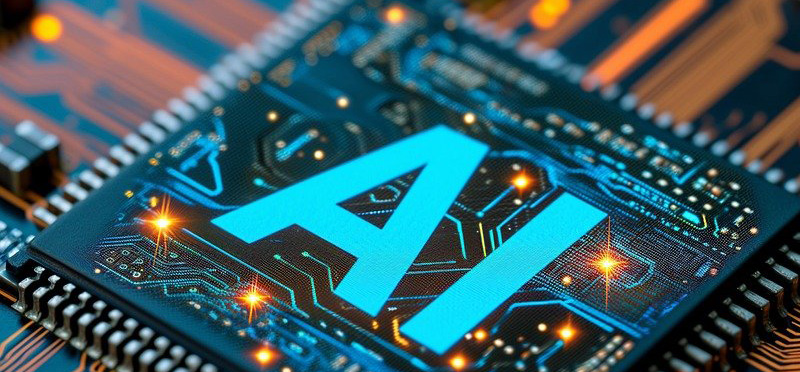
The recent BGH decision DABUS provides answers to fundamental legal questions regarding patents on AI-generated inventions.
For an AI-generated invention in Germany:
- Can you get a patent?
- Can you name the AI as the inventor?
- Do you have to name a human as the inventor?
- And if so, who should be named as the inventor?
These fundamental questions - which are also of interest with regard to the remuneration of employee inventors - have now been decided by the German Federal Supreme Court (BGH): The BGH's DABUS decision is the answer to the BPatG's Food Container decision of 11 November 2021.
Looking at the international discussion on AI-generated inventions, which is being discussed worldwide in relation to DABUS, the tendency is that the AI invention is to be regarded as patentable, but that the generative AI DABUS may not be named as the inventor.
But if an AI invention is patentable, who should be named as the inventor of an AI-generated invention?
DABUS decision of the BGH is the appeal to the BPatG "Food Container"
The patent application "Food Container" (better known as "Fractal Container") was filed by an international group of patent attorneys in various countries and offices, including Europe, Germany, UK, USA, Australia and as a PCT application at WIPO. In Germany, Stephen Thaler relies on a team consisting of patent attoruney Dr. Malte Köllner and patent attorney Markus Rieck. In the "Food Container - DABUS" case, concerning the application for a fractal container, Dr. Malte Köllner led the team.
The patented invention was developed by an artificial intelligence called DABUS. The developer of the DABUS AI is Stephen L. Thaler, Ph.D. (USA), who has been working with artificial intelligence for decades.
Can an AI be named as an inventor? This has been rejected by the Examining Section of the German Patent Office (9 December 2019) and also by the German Federal Patent Court (BPatG, November 2021). Only natural persons can be named as inventors.
The decision of the Federal Patent Court in the case "Food Container" (11 W (pat) 5/21) contains two important principles for generative AI inventions in Germany:
(i) An invention made by an AI is in principle patentable.
(ii) The inventor can only be a natural person, never a machine or an AI.
The main claim (DABUS is the inventor) and the first auxiliary claim (there is no inventor) were therefore rejected.
The second auxiliary request (the owner Stephen L. Thaler was named as inventor and it was added in the description that the AI DABUS actually generated the invention) was rejected as additional subject-matter.
However, the Federal Patent Court ruled in favour of the patent applicant Stephen L. Thaler with regard to the third auxiliary request - with the additional statement in the designation of the inventor that the inventor had made the arrangements for the artificial intelligence DABUS to generate the invention. The provision of Sec. 7 (2) Patent Ordinance does not contain an exhaustive catalogue; such an addition can therefore be made in the designation of inventors, the Federal Patent Court explained.
Who should be named as the inventor of an AI-generated invention?
But who can or should be named or regarded as the inventor of an invention generated by an AI? The programmer of the AI? Or rather the operator? These questions also arose after the decision of the Federal Patent Court.
The Federal Patent Court allowed an appeal on points of law and welcomed an appeal to the Federal Court of Justice (BGH), so that the BGH could give its opinion on these fundamental legal questions. And so it did. The decision of the Federal Court of Justice is now available (BGH DABUS, X ZB 5/22, dated 11 June 2024).
These questions are not only theoretical, but are of immediate practical relevance for many companies investing in and using generative AI in their R&D, namely pharmaceutical companies.
The DABUS decision of the BGH
The BGH agrees with the BPatG that only natural persons can be named as inventors. Thus, the main claim (DABUS is inventor) and the first auxiliary claim (nobody is inventor) are rejected.
The second auxiliary request (mentioning DABUS in the description) is rejected because the BGH sees a contradiction between the designation of the inventor (naming Stephen L. Thaler) and the description (claiming that the invention was generated by DABUS). A wording like "The inventor arranged for the artificial intelligence DABUS to generate the invention" in the description would probably have been allowed. After all, the EPO suggested in decision J 8/20 that the AI should be mentioned in the description. However, there is no obligation to explain how the invention was generated; the generative AI does not have to be mentioned.
The BGH confirms the "Food Container" decision of the Federal Patent Court and allows the third auxiliary request with the following designation of the inventor "Stephen L. Thaler, who made the arrangements for the generation of the invention by the artificial intelligence DABUS".
Of course, there is much more at stake here than the formal designation of the inventor. Another important detailed question in this context is: Does this person have to make a creative contribution to be recognised as an inventor? What does this person have to do to be recognised as an inventor? And if there is no one who has made a creative contribution, i.e. if we have to identify someone but cannot identify anyone, then what?
In the US, it's not enough to start the machine and ask it to do something. According to the AI guidelines of the USPTO, you have to make a creative contribution to qualify as an inventor. But not in Germany. You don't have to make a human creative contribution to be considered the inventor of a computer-generated invention.
According to the BGH, a human contribution is required. However, this does not have to be a creative contribution to the invention. What is required is a human contribution that has significantly influenced the creation of the invention.
What this means for industry and business in Germany is clearly outlined in the BGH decision. The employer cannot be registered as the inventor, nor can the (generative) AI. However, those persons who were important for the creation of the invention must be taken into account. If you name one of them, you can get a patent for an AI-generated invention.
We now have the difficult situation - particularly for the pharmaceutical industry - that you can get a patent for an AI-generated invention in Germany, whereas you cannot get a patent for the same invention in the US. This is a situation we should try to overcome.
You can also watch our video on YouTube:
Youbube: BGH decision DABUS X-ZB 5/22 - AI-generated inventions.
We would be happy to advise you on this and the resulting inventor remuneration. Please contact us, by phone at +49 69 69 59 60-0 or info@kollner.eu.
